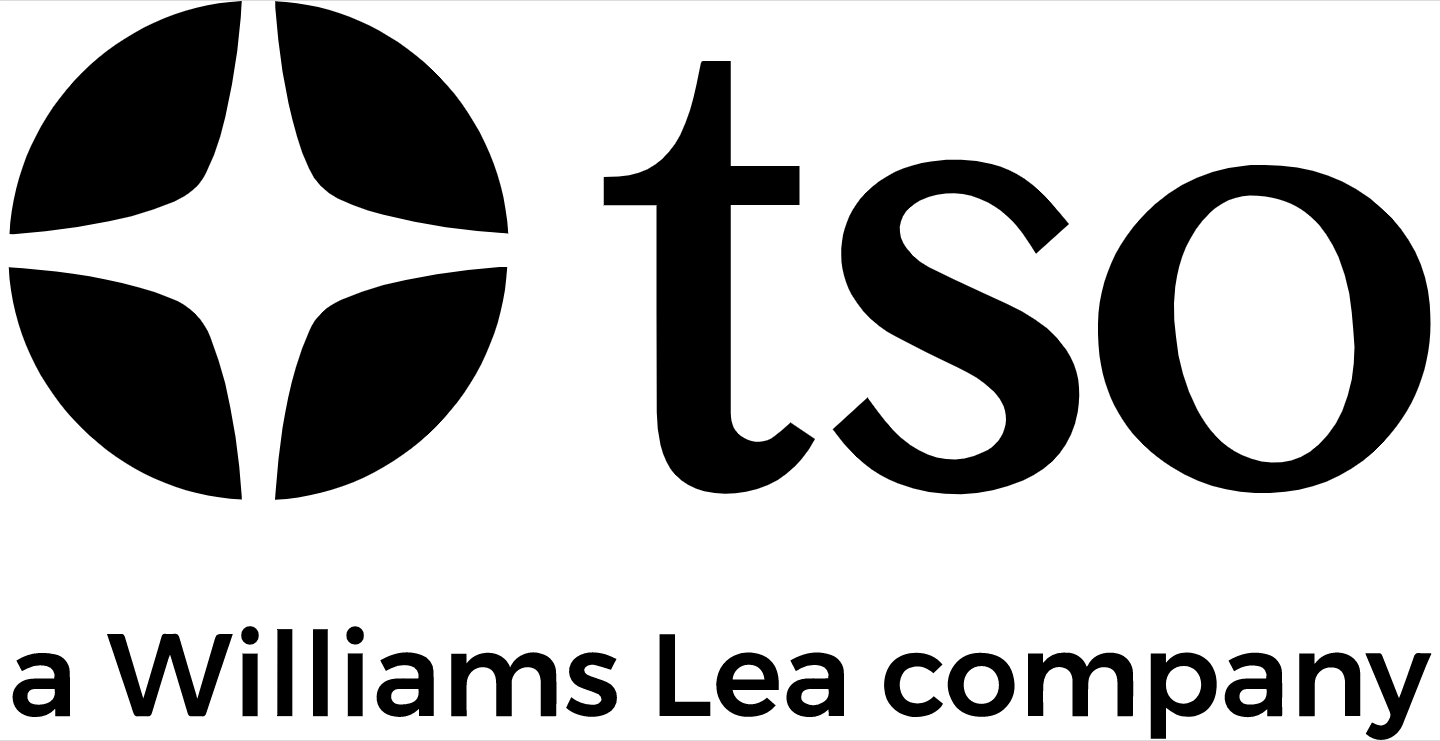Project Summary
The Background
Changes to working practices as a consequence of the pandemic were impacting workers nationally. Existing tools were developed when remote and hybrid working was not the norm, so additional question sets needed to be explored.
The Approach
Psychologists at the Centre for Human Factors developed a new Remote Working Stress Risk Tool in partnership with four local authorities that has since been incorporated into the Health and Safety Executive’s digital stress risk assessment tool as a set of add-on questions for remote and hybrid workers.
The Impact
Having access to this data helps organisations assess how they are performing against the key areas of work design that are known to be the likely route causes of work-related stress, including in remote and hybrid working contexts.
Project Partners




Originally released in 2017, the Stress Indicator Tool it is a software-based solution that organisations can use to get feedback on how their employees feel about work – such as managing their workload and dealing with pressure. All questions are underpinned by the HSE’s management standards approach for work-related stress.
Beta: Remote working (optional add-on)
An additional set of questions have been developed in collaboration with the University of Hull that can be used alongside the Health and Safety Executive’s Stress Indicator Tool (SIT). This is to take account of significant changes to working practices, including technological innovations that have altered the ways people work. There have been no changes to the original Stress Indicator Tool (SIT). The purpose of the additional question set is to explore stress risks that are of most relevance in the context of modern working practices, and to understand how these might be related to mental health outcomes. These additional question sets are currently available as a public beta.

The purpose of this development is to explore the stress risks that are of most relevance in the context of modern working practices, and to understand how these might be related to mental health outcomes and workforce engagement.
The HSE and University of Hull have partnered with Snap Surveys to create the latest version of the tool, which now includes additional question sets as follows:
- Mental Health Outcome Questions (four items about depression and anxiety from The Patient Health Questionnaire -4 or PHQ-4).
- A Net Promoter Score (NPS) an advocacy measure based on an 11-point scale. It asks respondents how likely they are to recommend working at the organisation to a friend.
- An optional ‘self-generated identification code’ (SGIC) which is an anonymised series of letters and numbers created by survey respondents so that year-on-year changes for individuals can be tracked (if the same people respond year-on-year) without compromising anonymity.
- Remote working survey: an optional extra for organisations who employ remote workers; An additional set of questions that build on the existing 35-items to specifically explore risk for remote and hybrid workers.
The SIT auto-report incorporates all the above, along with how your scores compare to the sector average.

”We’re really delighted to bring the additional questions within the Stress Indicator Tool to market. We have built on what was already a successful solution to ensure it stays relevant during the pandemic and beyond. It will help organisations to develop an effective health and wellbeing strategy, which plays an important role in employee satisfaction and attrition rates as millennials and Gen Z make up more of the workforce. We have a long history of collaboration with the HSE and it’s been great to work with them and The University of Hull, on the new version of the tool. The local government Innovation award is a great achievement, and we believe it shows how much the Stress Indicator Tool has to offer employers.
Dr Steve Jenkins, CEO at Snap Surveys

Having access to this data helps organisations assess how they are performing against the key areas of work design that are known to be the likely route causes of work-related stress. Analysing the results will generate a better understanding to make improvements and learn from good practice. This helps to channel resources into the areas that require it the most.
Furthermore, with many organisations continuing to work in a hybrid/remote-working model, the additional question sets available alongside the management standards items will prove essential in planning and monitoring that strategy.
Before its official release (January 2022), the Stress Indicator Tool was recognised with a Local Government Chronicle (LGC) Award for Innovation in the Digital Impact Category of the LGC Awards 2021, held in the Grosvenor House, London, UK in November.
The tool was used as part of an online employee wellbeing project conducted by the University of Hull in partnership with four local authorities in the Humber Region, as part of the Future Work Design project.
Find out more about tools to support health, safety and wellbeing at work
Tool marketing and communications is handled by TSO, with webinars to enhance awareness of the tool on the HSE platform continuing on a monthly basis from September – sign up here.
The Stress Indicator Tool is just one of many digital ready-to-run solutions from HSE that help businesses get feedback in key areas, such as customer satisfaction, health and safety, remote working and more.
To find out more, check out the Snap Surveys marketplace or visit the HSE publications website





